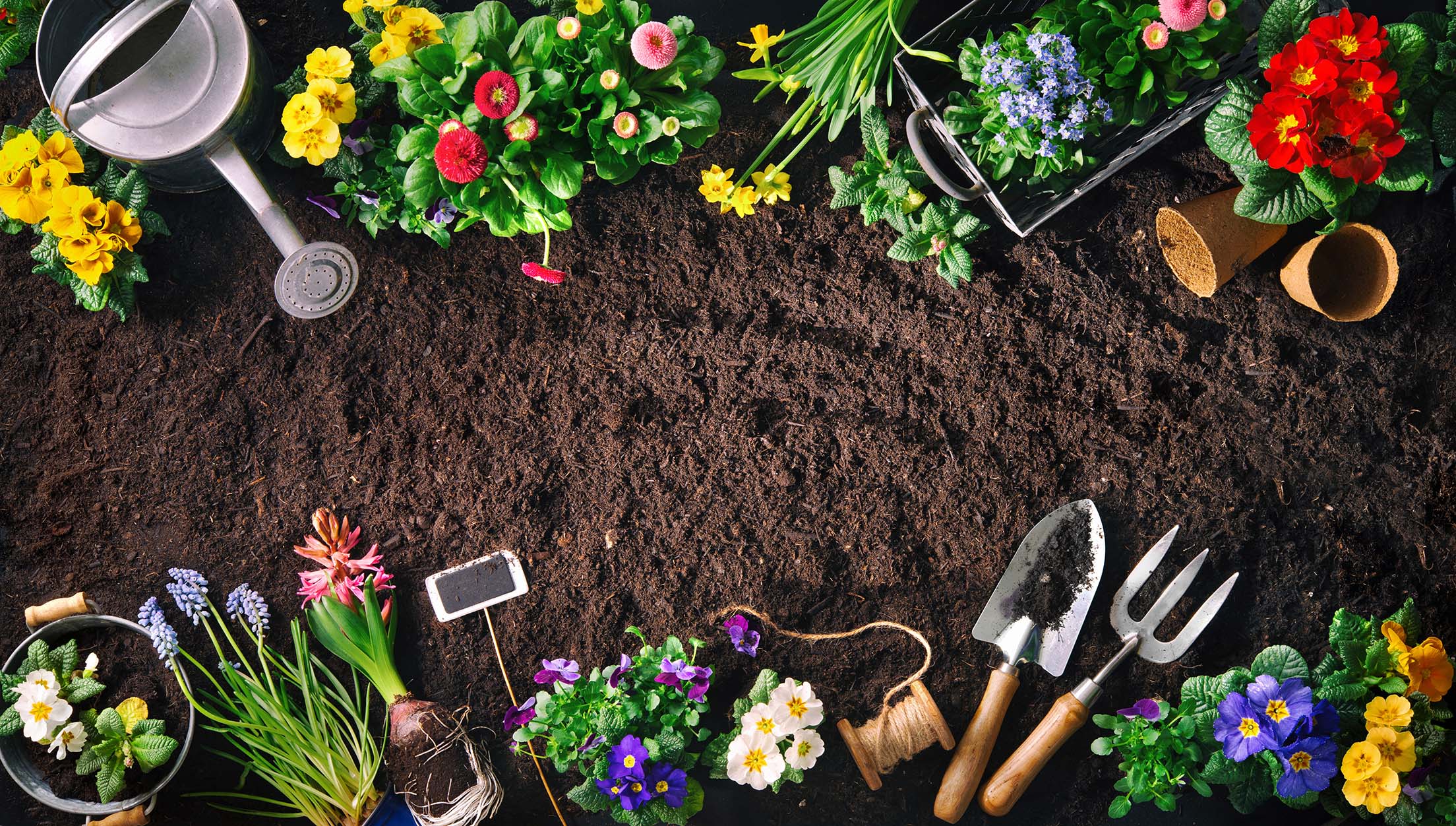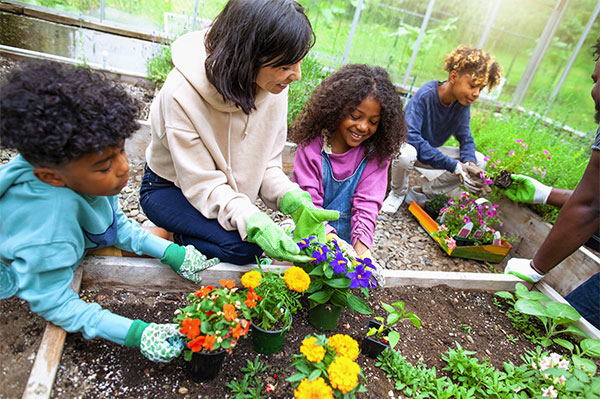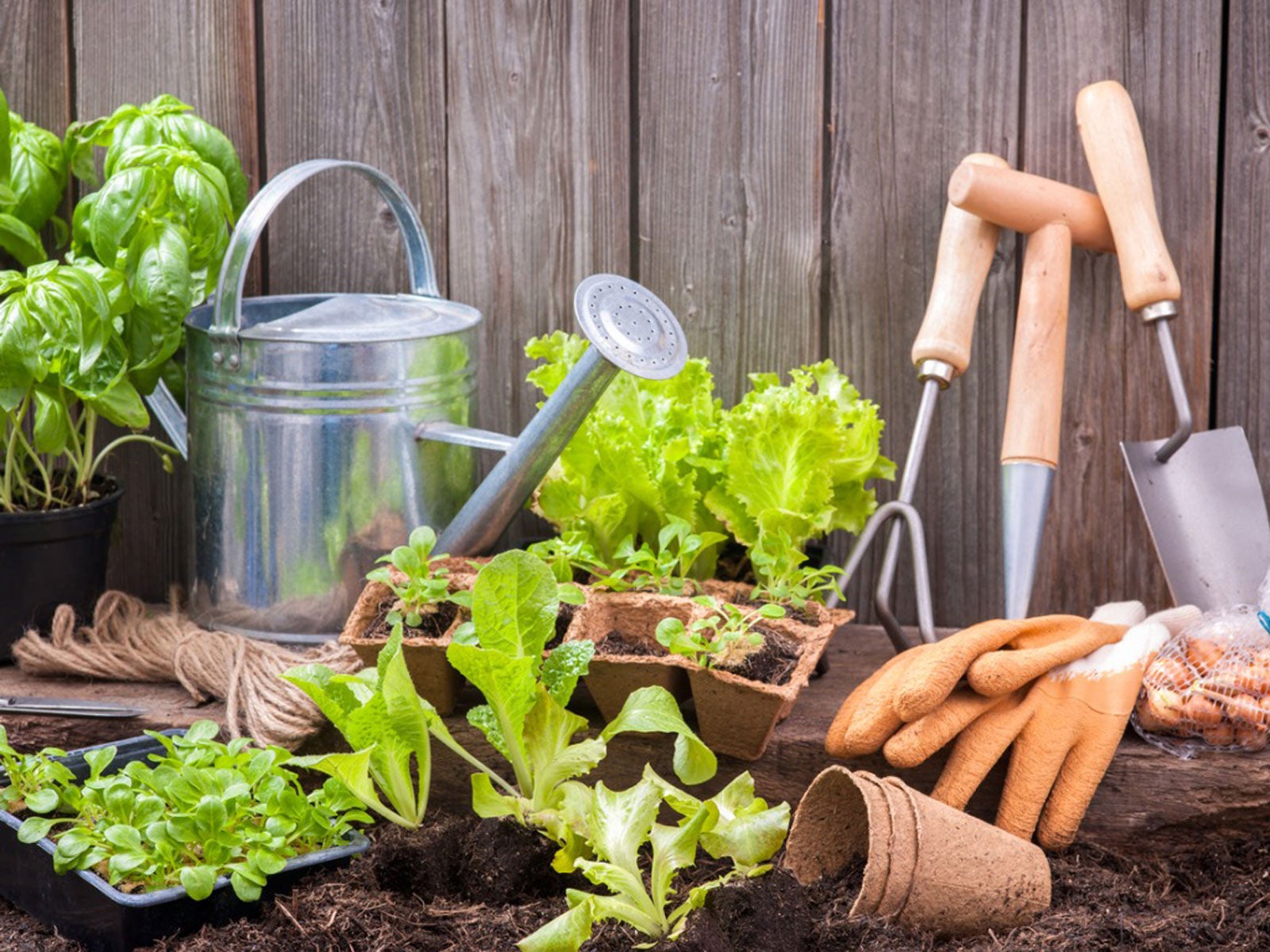Vital Gardening Tips for Beginners: Begin Your Environment-friendly Journey Today
Vital Gardening Tips for Beginners: Begin Your Environment-friendly Journey Today
Blog Article
Professional Gardening Tips for Producing a Sustainable and Eco-Friendly Yard
Beginning on the journey to create a sustainable and green garden involves a collection of deliberate selections and methods that not just enhance the elegance of your area but additionally contribute favorably to the atmosphere. By selecting indigenous plants that are appropriate to your region, you can minimize reliance on chemical plant foods and pesticides while giving necessary support to neighborhood wildlife. Additionally, including water preservation techniques and natural gardening approaches plays a critical function in maintaining a healthy and balanced environment. To discover more skilled insights and sensible techniques, allow us explore the crucial elements that define an eco conscious yard.
Pick Native Plants
Picking native plants for your yard is a basic step towards attaining sustainability. Native plants are inherently adjusted to the neighborhood climate and soil problems, making them much more durable to regional insects and illness. This minimizes the need for chemical pesticides and fertilizers, therefore lessening ecological effect. In addition, indigenous plants usually require much less water when established, adding to a lot more efficient water use.
Past their functional advantages, indigenous plants play a crucial role in sustaining neighborhood biodiversity. They give important habitat and food sources for native wildlife, consisting of pollinators such as butterflies, bees, and birds. This cultivates a well balanced ecological community, which is vital for the health and wellness of your garden and the surrounding setting.

Implement Water Conservation
Implementing water conservation strategies is crucial for maintaining a lasting garden. Effective water usage not just decreases the environmental impact yet additionally ensures that plants receive appropriate hydration without waste.
Furthermore, mulching is an important method for conserving water. By using a layer of natural compost, such as timber chips or straw, around the base of plants, gardeners can reduce soil dissipation and keep constant moisture levels. Compost likewise assists regulate dirt temperature level and reduces weed growth, further adding to plant wellness.
Rainwater harvesting is another lasting method. Installing rain barrels or other collection systems permits garden enthusiasts to catch and store rain, which can later be used throughout completely dry periods. This not just preserves local water however also gives an all-natural, chemical-free source for irrigation.
Lastly, picking drought-tolerant plant types can dramatically lower water needs. These plants are adjusted to flourish in low-water problems, making them ideal for environmentally friendly gardens. gardening tips. Implementing these water preservation methods will certainly cultivate a resistant, sustainable yard
Use Organic Horticulture Methods

Pest management in an organic yard counts on integrated parasite administration (IPM) approaches. These include motivating advantageous bugs, making use of natural predators like ladybugs and lacewings, and implementing crop turning to interfere with pest life cycles. Buddy planting, where certain plants are grown together to drive away parasites or bring in helpful insects, is one more reliable method.
Weed control is taken care of via mulching and manual elimination, instead of depending on herbicides. Compost not only suppresses weeds however additionally conserves dampness and boosts dirt wellness as it damages down. Organic mulches, such as straw, wood chips, and leaves, are specifically beneficial.
Develop Wildlife Habitats
Developing wildlife habitats within your yard not only boosts biodiversity however also sustains the ecological community's equilibrium. Deliberately spaces that bring in and sustain local animals, you can produce a thriving micro-ecosystem that profits both pets and plants. Start by incorporating indigenous plants, as these are well-suited to your neighborhood climate and give crucial food and sanctuary for wildlife. Indigenous flora sustains a variety of insects, birds, and little mammals, adding to the eco-friendly network.
Think about adding a water function, such as a pond or birdbath, to supply a consistent water source. Water elements draw in a range of varieties, from amphibians to pollinators, enhancing the garden's vigor. Additionally, installing birdhouses, bat boxes, and insect hotels supplies safe nesting sites and urges biodiversity.
Leave some areas of your garden undisturbed, permitting fallen leave litter and dropped branches to accumulate. These natural particles heaps develop habitats for bugs and small creatures, cultivating a well balanced community. Prevent utilizing chemical pesticides and herbicides, as they can damage advantageous wildlife and interrupt food web. By focusing on these lasting practices, your garden can end up being a haven for local wild animals, advertising eco-friendly health my blog and sustainability.
Technique Composting and Mulching
A vital facet of sustainable gardening, composting and mulching, significantly boosts dirt health and wellness and decreases waste. Composting includes reusing organic materials such as cooking area scraps, lawn clippings, and leaves. These products break down to form nutrient-rich compost, which functions as a natural fertilizer. Unlike synthetic plant foods, compost enriches the soil with helpful microbes and vital nutrients, fostering a healthier garden ecological community.
Mulching, on the various other hand, includes covering the soil surface area with organic or not natural materials, such as straw, wood chips, or shredded fallen leaves. This method provides numerous benefits: it conserves dirt dampness, reduces weed development, and moderates soil temperature level. Mulch additionally gradually breaks down, including raw material to the soil and more enhancing its fertility.
To exercise efficient composting, ensure your try these out compost heap has a balance of environment-friendly materials (abundant in nitrogen) and brownish materials (rich in carbon), keeping sufficient aeration and moisture. gardening tips. Regularly turning the stack increases disintegration. For mulching, apply a 2-3 inch layer around plants, ensuring it does not straight contact stems or trunks to avoid rot
Final Thought

Selecting indigenous plants for your yard is an essential step toward accomplishing sustainability.In addition, including indigenous plants can improve the visual charm Continued of your yard. These plants are adjusted to grow in low-water problems, making them excellent for green yards. Carrying out these water preservation techniques will promote a resilient, lasting garden.
In final thought, developing a green and sustainable garden involves the calculated selection of native plants, the fostering of water preservation methods, and the execution of natural gardening methods.
Report this page